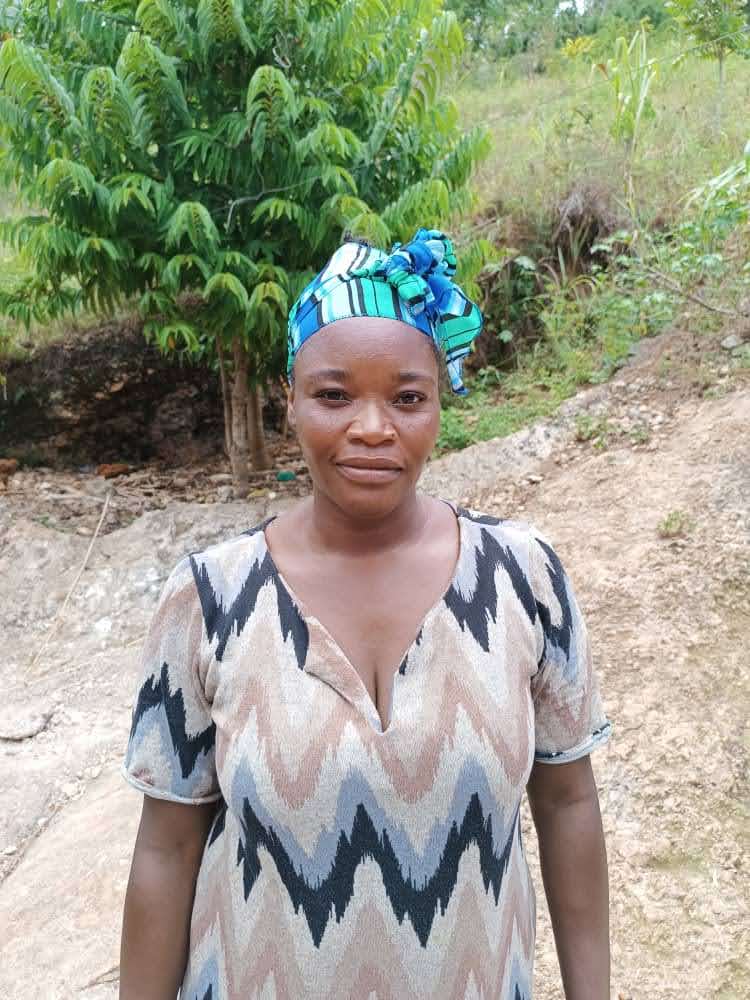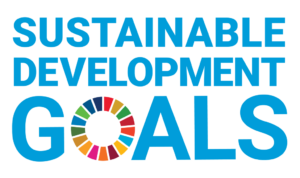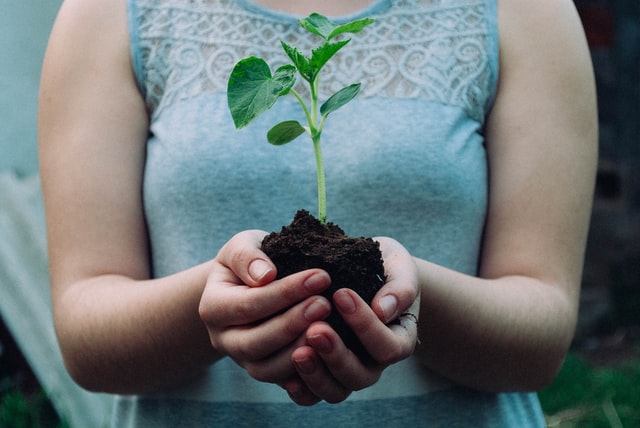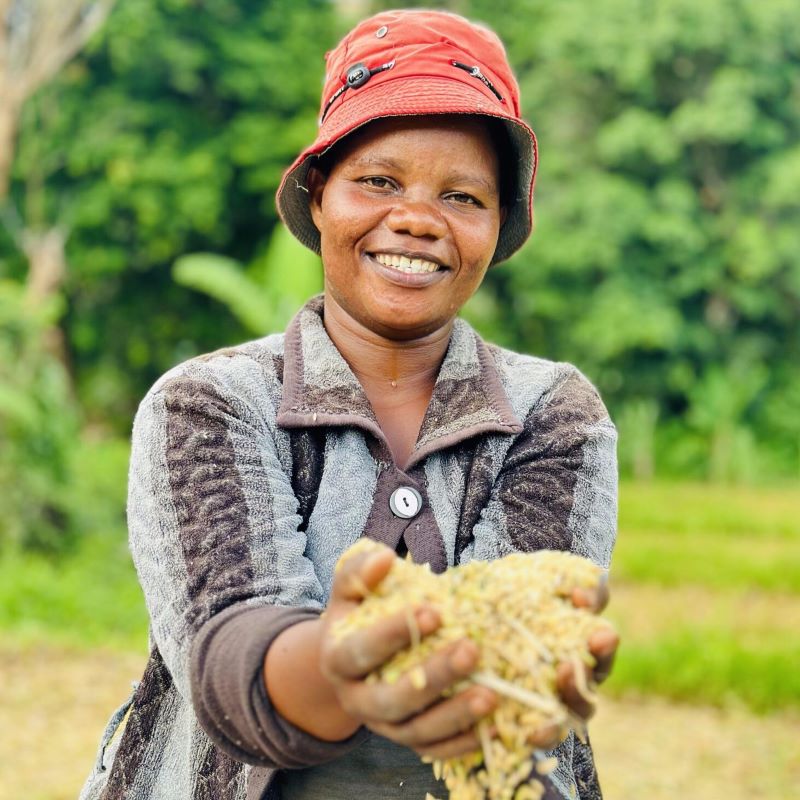Environmental Restoration
Community Designed Restoration Works
Plant With Purpose’s Community Designed Restoration (CDR) is led by the people who depend on the land the most. When land is damaged, farmers struggle to grow food and earn income. But through CDR, Purpose Group farmers stop erosion, improve rainfall retention, and use better farming methods that heal the soil. It’s all connected—reforestation and regenerative farming don’t just restore the environment, they fight climate change and lift families out of poverty. Farmers in CDR programs see 37% higher crop yields, leading to stronger incomes and healthier communities. This is real, lasting change—one of the most powerful ways to restore forests and heal ecosystems.
Support Environmental Restoration Around the World
How Does Our Environmental Restoration Work?
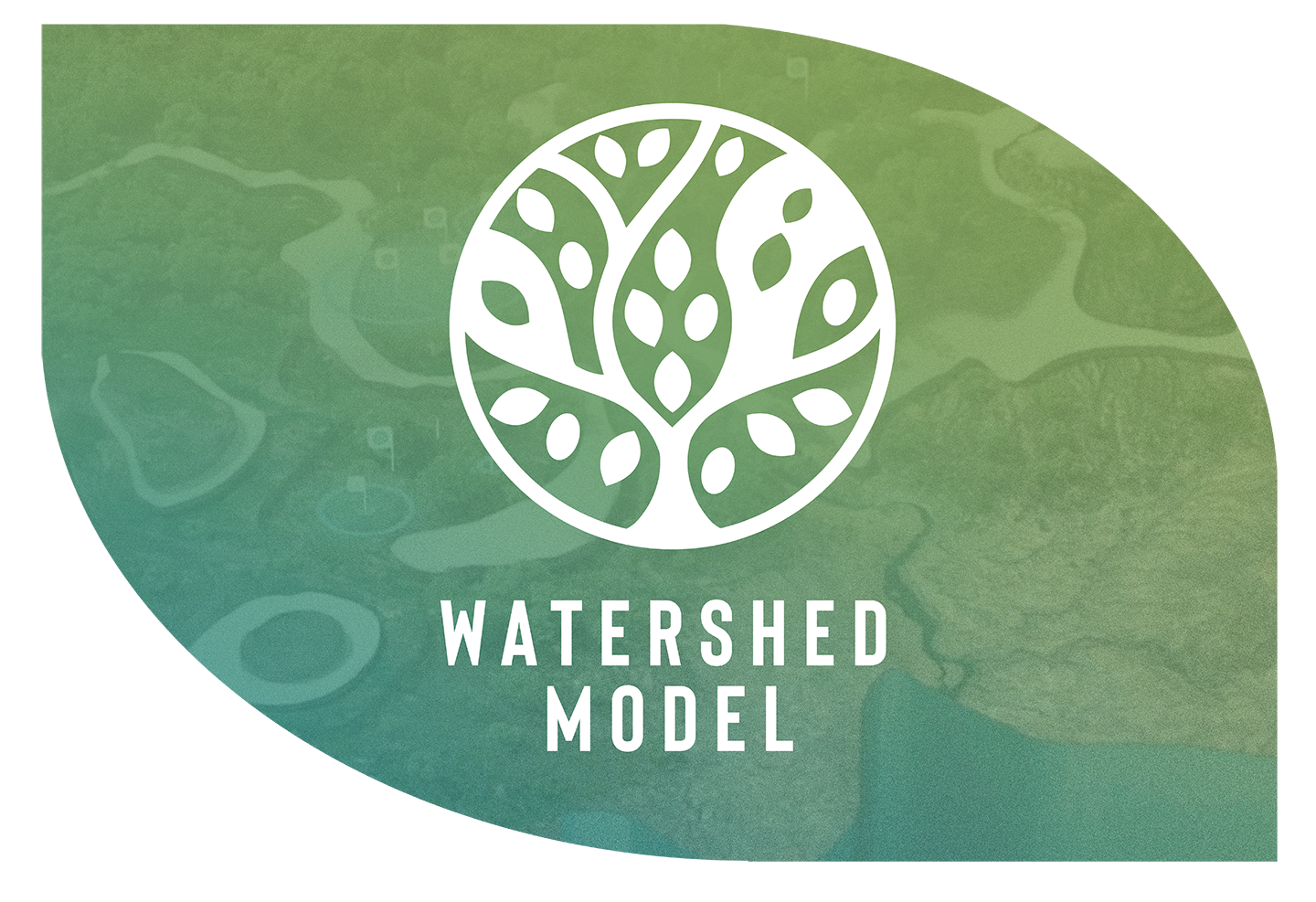
Our Signature Watershed Model: Where Change Flows
A watershed is an area where all the water flows to the same place, like rivers and streams feeding into one body of water. We work in watersheds because everything is connected. When the land improves, it helps the whole area—and when neighbors work together, change spreads faster. Healing one part helps the whole. That’s the power of our Watershed Model. Learn More.
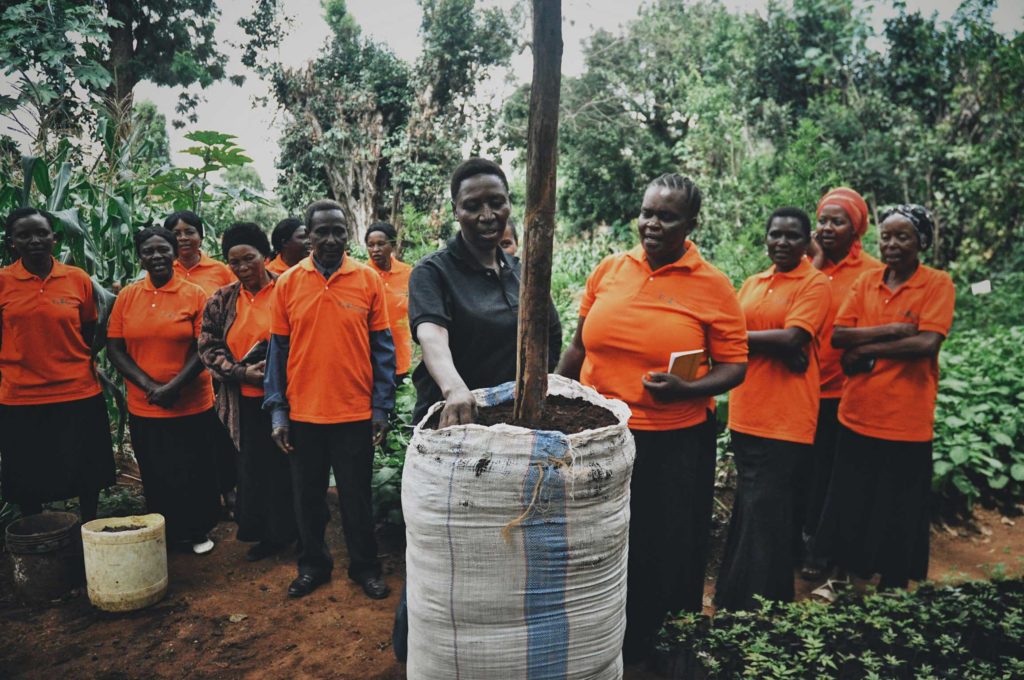
Regenerative Agriculture
Farmer Field Schools give farmers a hands-on way to learn and improve regenerative farming together. These methods heal the soil and grow more food over time. Purpose Group members use 89% more regenerative techniques than others—making a real difference in their farms and communities. These techniques include:
- Composting
- Planting cover crops or green manure
- Growing woodlots
- Practicing agroforestry
- Using no-till or low-till farming
- Building terraces to protect hillsides
Healthier soil means stronger harvests, better income, and a thriving environment.
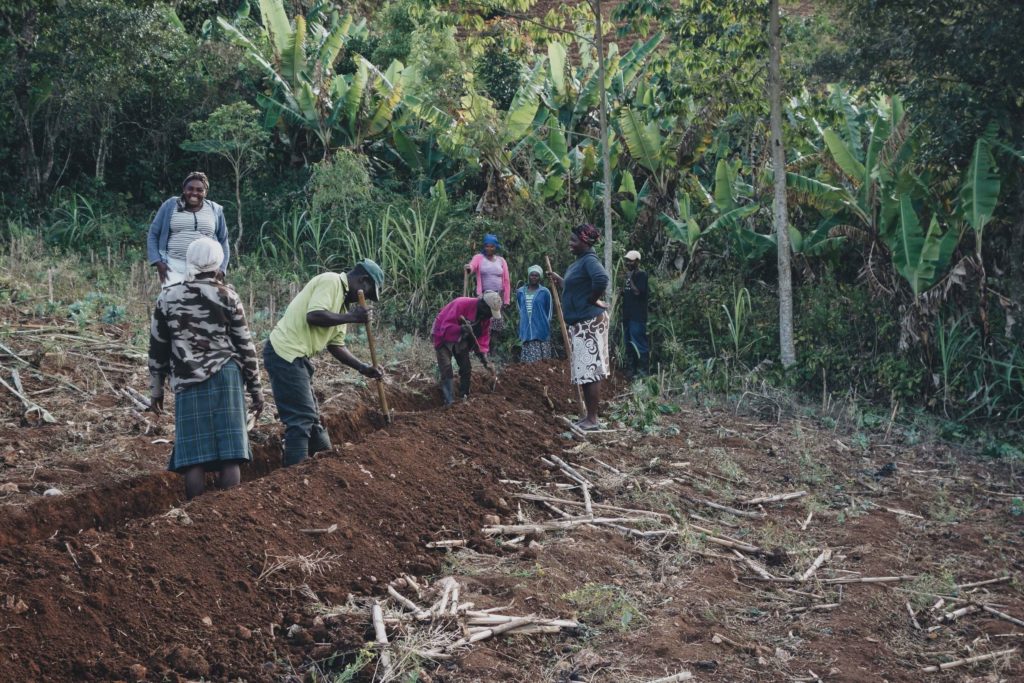
Soil Conservation
These techniques help farmers protect and rebuild soil, making it richer, stronger, and more productive:
-
- Stone Barriers – Lines of stones slow down water runoff, reducing soil loss and keeping fields intact.
- Living Barriers – Rows of plants that hold soil in place, improve moisture, and add nutrients over time.
- Contour Canals – Small ditches along the natural shape of the land that catch rainwater and reduce erosion.
- Training in Soil Ecosystems – Farmers learn how healthy soil is full of life—like worms and microbes—that help plants grow.
- Tree Planting – Trees hold soil with their roots, shade the ground, and return nutrients to the earth as they grow.
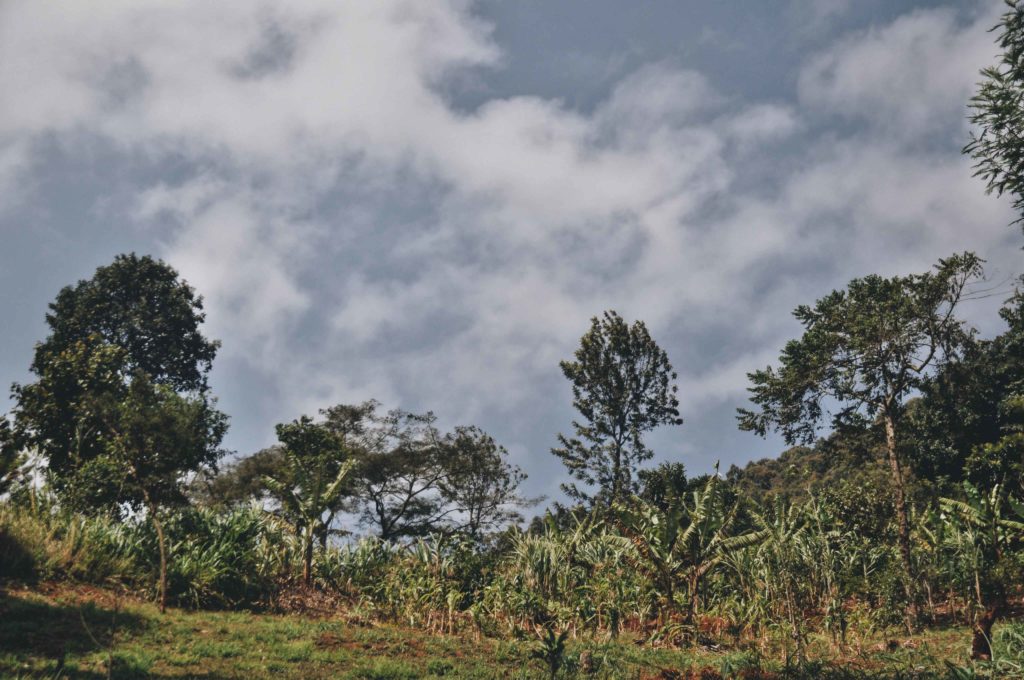
Reforestation
Tree and plant cover is improving or staying strong in every watershed where we work. Plant With Purpose farmers plant trees on their land, in shared spaces, and in forests—bringing new life to their whole region. Trees protect the soil, bring back water, clean the air, and support wildlife. Our participants are almost twice as likely to plant native trees compared to others. More trees mean a healthier land and a better future.
Testimonial Stories
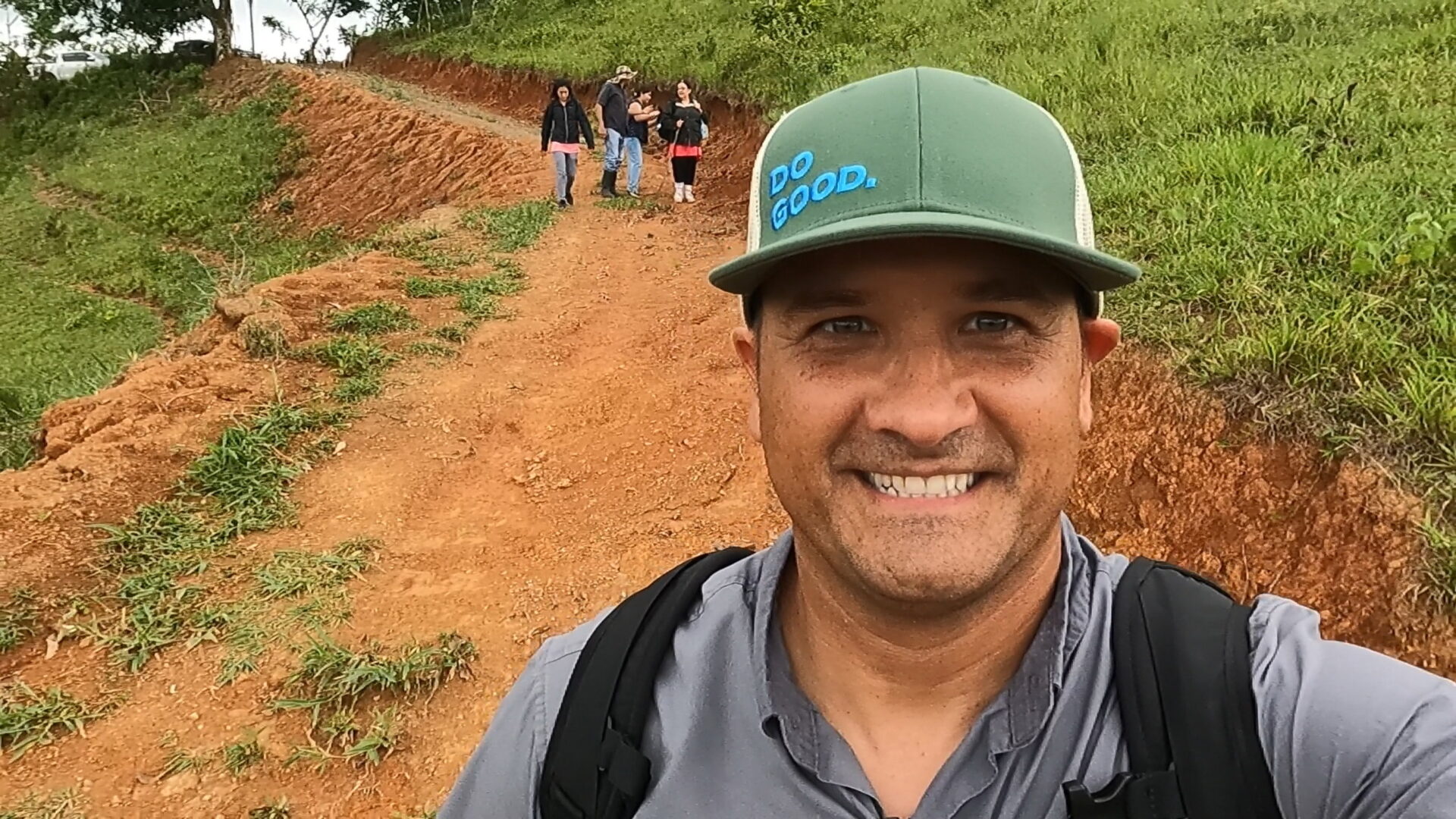
John Richert, PhD
John Richert, PhD
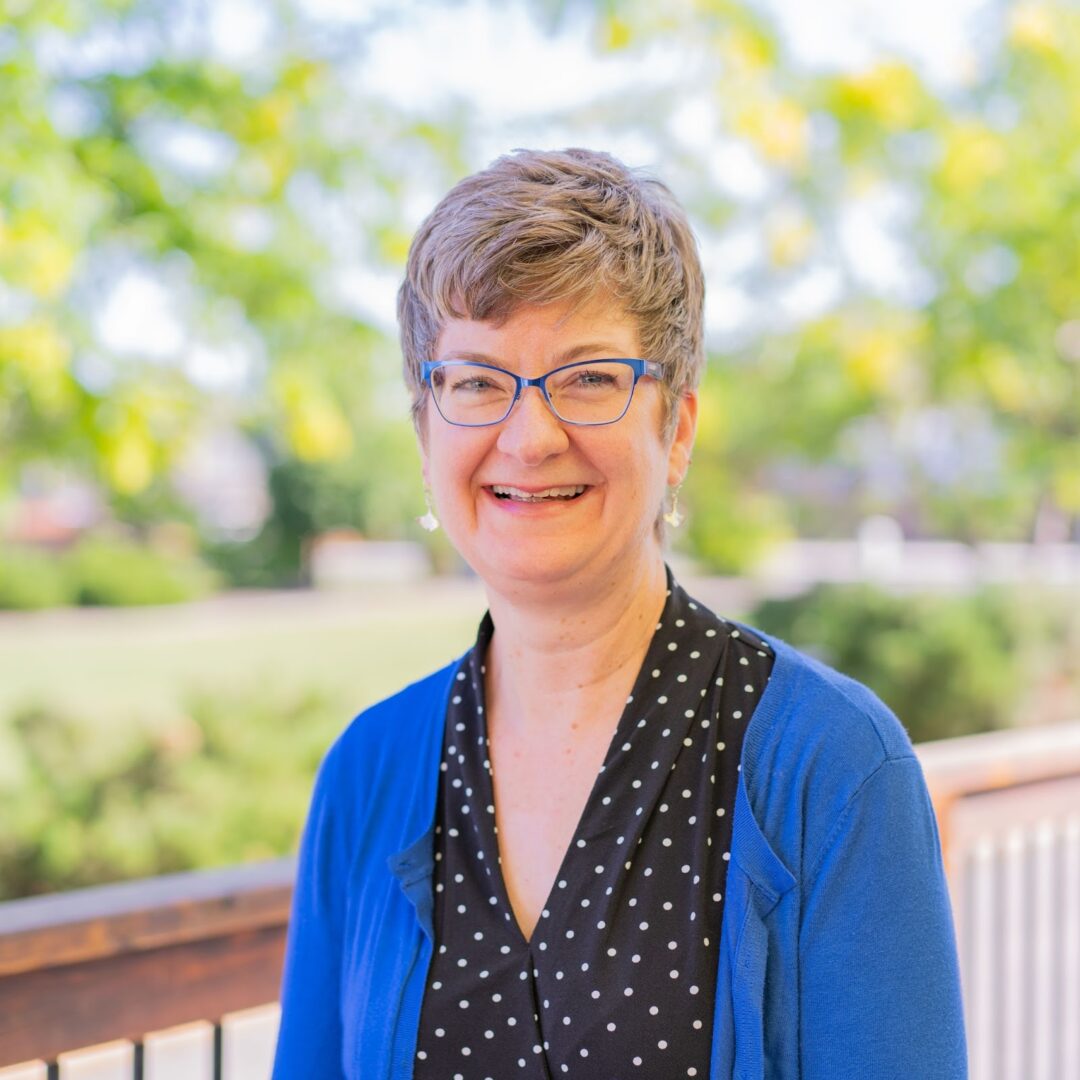
Susan Dobkins
Susan Dobkins
